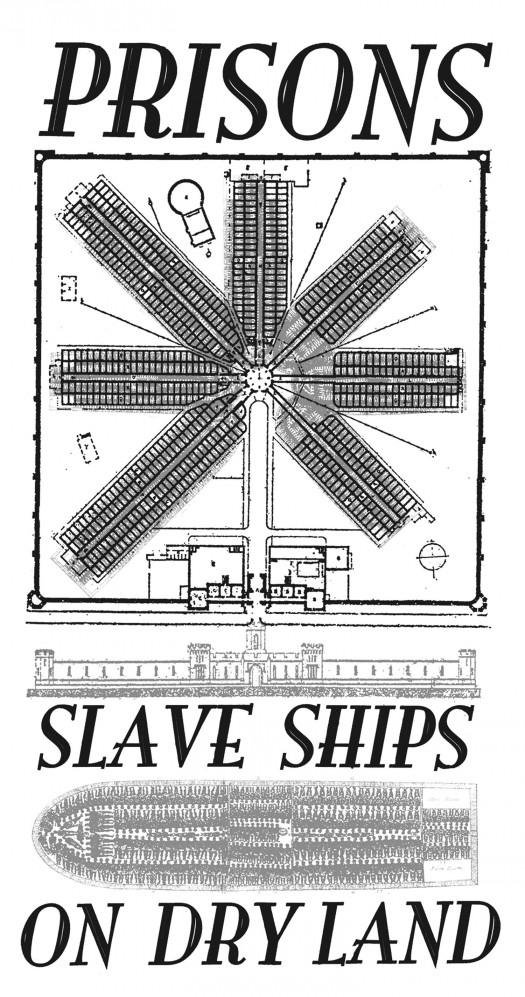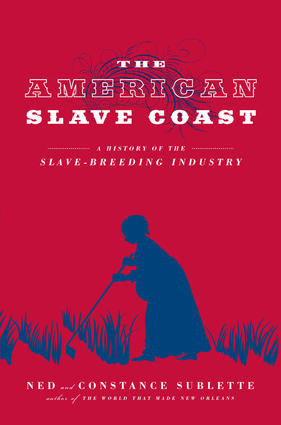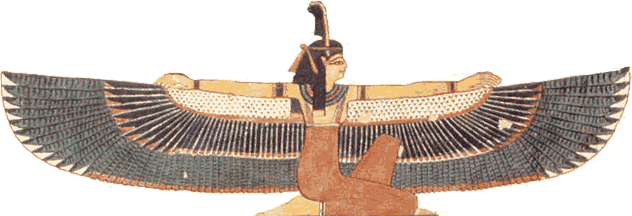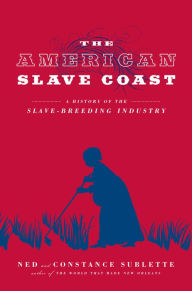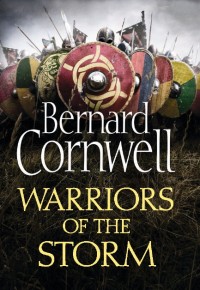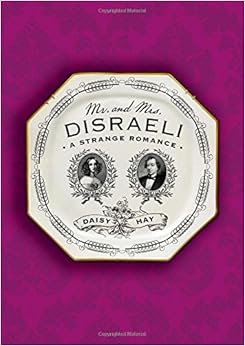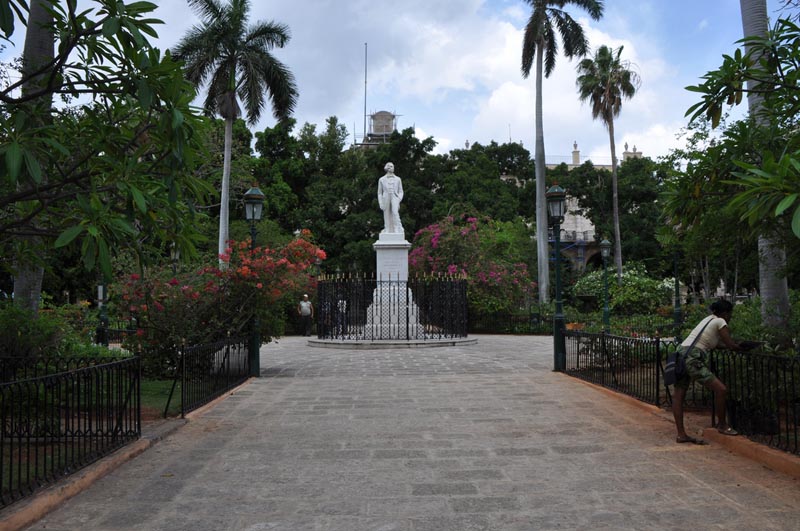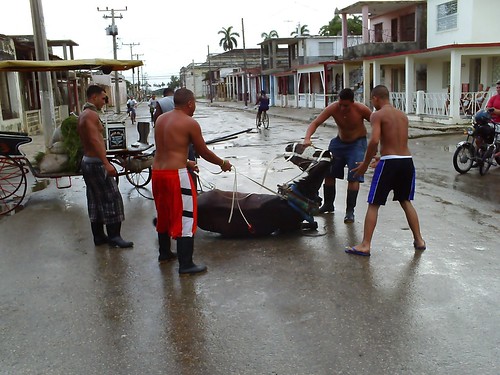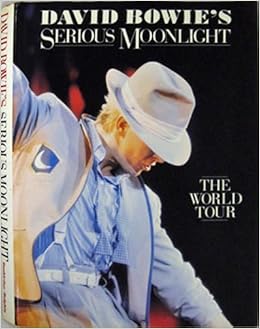Perhaps the hugest change I noticed about Cuba between the last time I was there in July - August 2003 and now, is the relentless walking and texting / reading texts that has entirely taken over even Cuba in this last year, now that Verizon’s there. The phones can’t connect to the internet, but now everyone has personal phone communication with their vast and dense webs of family and friendships, and the abuelas are so there!
In all my previous Cuba trips the phone centers of the state communications agency, Etecsa, were the busiest places everywhere, at times with people lined up for blocks to make phone calls.
These centers functioned like community centers where hustlers hustled and others just hung out, people exchanged information about everything from who had brought in eggs from the country, to who in the area could change dollars to Cuban pesos (which no longer exists as a working currency at all, except for the
 |
| Etecsa phone center, back in the day. |
very poorest who are still forced to depend on the ration books), or just waiting for something, anything, to happen. Now they’re dead street space, while all around them people are walking, texting and working.
This is my first venture onto the internets, etc. in two weeks. I shut off my phone after boarding the flight to Havana on the 1st, and I left my other digital devices at home. Camera, pen and moleskine, and conversations — brilliant conversations with our Travelers, and with old Cuban friends — more than covered sociability. Several of the Travelers were on our flight out of NYC to Miami. With began immediately the dense, intense, relentless cascade of actions, events and people, so much so that I was unaware that I was 100% unconnected until on the plane to return home. All my fellow Travelers and passengers plugged themselves in immediately, taking advantage of the plane’s wiffy (in Cuba wi-fi is called “el wiffy”).
Though perhaps labeling the ubiquitous cell phone the biggest change is inaccurate, as in effect the cell phone itself is a reflection of the bustle of business of all kinds, particularly that of private, individual entrepreneurship that is going on all over the island. Cities like Matanzas which were dead dead dead, with nothing going on at all other than sugar can work, with people just sitting around all day -- today snaps, crackles and pops, and may be even more prosperous generally than Havana, and is exuting more Cuban business, as opposed to Havana where so many pathetically live from tourism, and whose greed is going to kill that goose in another year or so.
This January's trip's special guest was Puerto Rican / Nyorican music / tres playing star,
Nelson González. Nelson was a huge hit with the Americans as well as with very Cuban he met -- and then, of course, he knows a lot of Cuban musicians too, with whom he's very popular, particularly with the son groups. (We went to the Cuban birthlandia of the Son in Pinar del Rio, where Nelson was adored, and begged to play-play-play with the conjuntos and solo.)
The only reason we learned that David Bowie had died, is because one of the other music stars among the Travelers was
first call sax player, who managed to connect at the hotel's "business center" and thus found e-mail from Bowie's people that he'd passed. LP had played on the
Serious Moonlight era albums, and was on that 3 year global Serious Moonlight tour. (LP also played on many of the cuts on el V's albums. Some of these were played, via flash drive, on the bus. el V also played on some of LP's own albums too.)
Ned's on the board of a foundation called Horns to Havana. As part of this, at the farewell dinner in Havana, LP presented a fresh from construction saxophone to a 16 year old in training jazz star. The instrument he played when his mentor had him up on stage to show him off was such a wreck it could hardly be called a saxophone. It took the kid a very long time to fully realize what had happened to him. I watched him back at his table, just looking at the case and then finally touching it. When it truly hit him, what had happened, and that this instrument -- plus a bunch of reeds -- was now his, he just crumpled. Then he ran to LP and hugged him and hugged him and hugged him.
The farewell dinner was a glittering event, with so many of the bold face Cuban musician names -- if, of course, Cuba had a media that covered such events and wrote about them the next day, which it doesn't. Which circumstance muchly amused 30 sophisticated, experienced travelers with us, including the the presence of USA musicians who are their equal -- which, I admit, made me feel very proud!
This was a physically grueling trip that concluded with the Havana Libre flooding as we were all preparing to depart for the airport to come home. ALL the elevators quit working and the stairwells were flooded. We Travelers were on 13th, 14th and 15th floors -- with no way to get our luggage down to the lobby, and the hotel didn't give a damn. A 4-star hotel . . . . or as one German tourist shouted at the bewildered, helpless and hapless staff, "You have NO STARS!"
Despite all this and many other glitches, not least the weather mostly chilly, with several severe downpours due to a cold front sitting right on top of Cuba -- the Travelers were so brilliant, not a single person complained a single time. and they loved everything and were totally in awe of el V, who never stopped imparting information about everything musical and historical, and who knew everybody in Cuba's music galaxy, and everybody in Cuba's music galaxy love him. I also was, and remain as always, in awe of el V He stayed back a couple of days to do some business and will be back tomorrow night.
I'm so glad about all this and that the Travelers felt and experienced Cuba so differently from me. I got sick immediately, hated everything, never want to go back to Cuba, despise the country's neo capitalist corruption that has made everything in Cuba even more dysfunctional than it was when there was no money there, hate the food that literally makes me sick, etc. The charms of overcoming the bathrooms (rather, overcoming the lack of them and the frequent dysfunction where there is one available), the food and lack of most comforts wore off for me around the 5th visit, I think. The only events I enjoyed were in the the two glitzy jazz clubs with everything imported from the U.S. including the fancy bathroom fixtures -- in which, the transparent,sinks' water didn't work, of course, but my! the design!
I couldn't eat the food served out of these club - restaurants either, even though prepared in the most up-to-date kitchens with stainless steel appliances and counters (which are part of the attraction of theses places, on view to the customers behind floor to ceiling windows. Cubans don't have any idea of how to cook, living without any real food or ingredients for so long -- and even in the old days Cuban food was at the very best heavy and boring. Also I deeply dislike rum. At the outset of the tour, due to upset stomach, I ate nothing at all for nearly four days -- I couldn't even contemplate swallowing a vitamin. The rest of the trip I ate a bit of breakfast and nothing else except the desserts at dinner. Just the thought of those chunks of monotonous chicken and fat-larded pork made my stomach lurch. As well, as I feared, there was way too much time on the bus and I'm fairly crippled now. I wouldn't have been able to even get out of JFK if there weren't all these wonderful men, including the Tour's biz partner, to take care of it all.
However, the intrepid Travelers went everywhere, ate everything and ate it with gusto, drank rum all day and all night, and still were perky and alert at early AM lobby call for a day of driving many hours in a most uncomfortable bus for more heavy food provided as feasts at the music and dance events they'd come to hear and experience and -- no bathrooms. Most of them are a lot younger than we are but I could never do when in my 20's what they did daily in their late 30's and 40's.
They all knew why they were there, and it was for what they got: Ned and music, rum and the real Cuba. As well, partly one thinks, because so many of the Travelers were musicians they know about the rigors of touring. Others are producers of big music festivals and other productions, some are theater producers and directors. The Travelers integrated almost immediately as a group, and functioned cooperatively -- and if there were any inter-personal chafing, they all knew how to smooth it out before it became a problem. It didn't hurt at all that several of the Travelers other than Ned, including Special Guest, Nelson, spoke Spanish.
Coming through loud and clear, from looking on and now looking back: not only are these Travelers exceptional generally -- beyond that, they all are "actives," the people who drive civilization, as we so far understand it.
Civilization is all about trade, of every kind, and most particularly creative exchange. We talked about that a bit, and I'm chewing even harder on this, i.e these Travelers have the dna that pushed ourselves out of Mother Africa and around the world.
These Travelers also seem to me to be the very best of what the USA stands for, or is supposed to be, the promise of what our country can be, fulfilled in their generosity, intelligence, talent, comprehension, curiosity and joy.
Totally Post Mambo!
